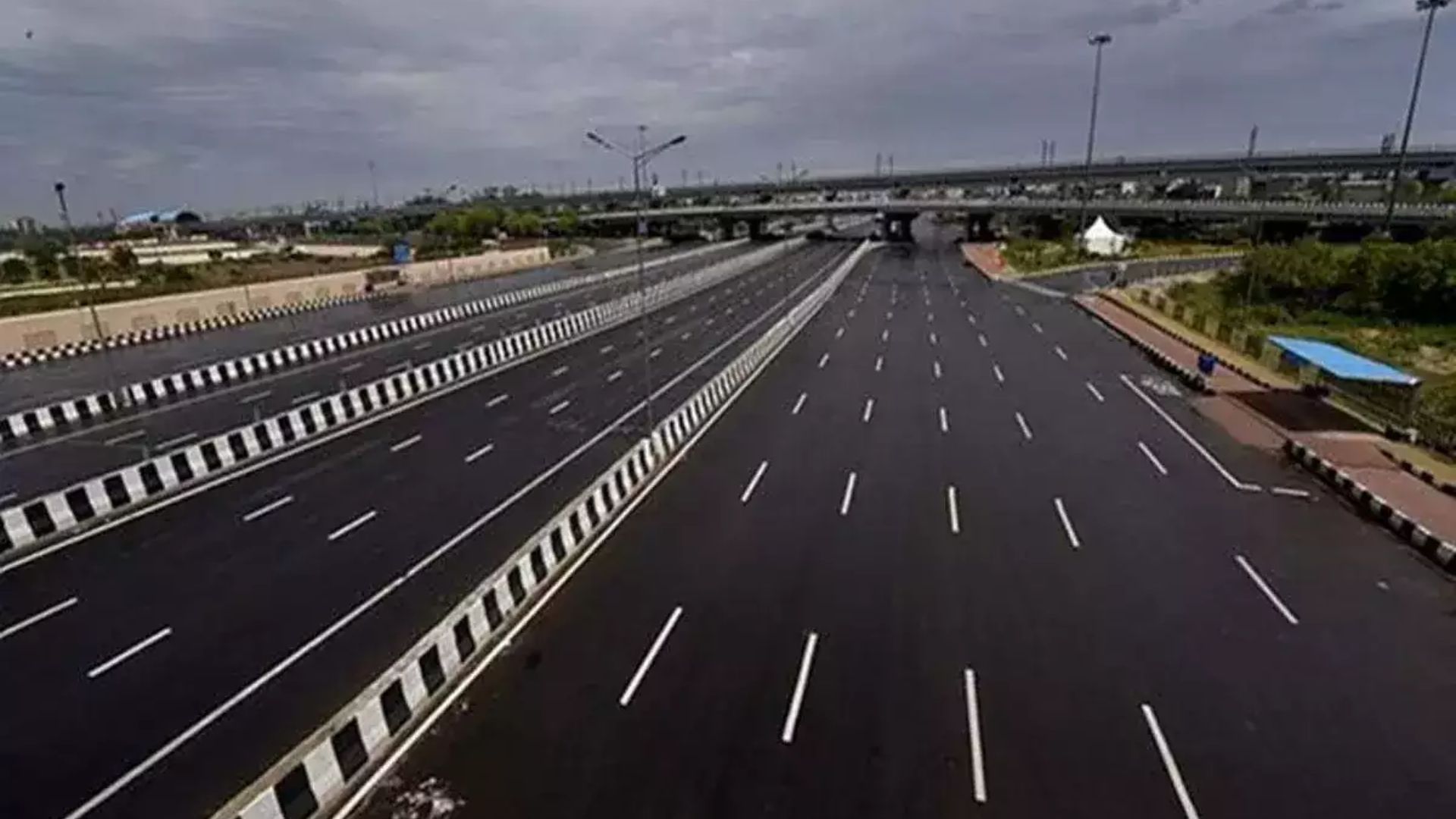Source : PTI | After constructing a record 56,700 km of National Highways (NHs) in the country in the last 10 years, the road transport and highways ministry will shift focus on quality of construction and maintenance of NHs in 2025.
The Ministry of Road Transport & Highways (MoRTH) is primarily responsible for development, operation and maintenance of NHs. Since 2013-14, the length of NHs has increased from 0.91 lakh km to 1.46 lakh km.
New Highways Secretary V Umashankar has held several meetings to step up the quality of national highways construction and its maintenance.
Faced with criticism over poor quality of certain highways, such as Delhi-Jaipur (NH-48) and Amritsar-Jamnagar Economic corridor on social media, the ministry is set to take steps to improve the quality.
Union Road Transport and Highways Minister Nitin Gadkari has repeatedly expressed frustration over poor quality of construction of some highways.
To enhance accountability and assess the quality of construction and maintenance of National Highways, state-owned National Highways Authority of India (NHAI) earlier this month introduced a comprehensive rating system for performance assessment of the concessionaires engaged in such works.
A detailed methodology for rating the concessioners has been formulated by NHAI under which concessioners will be evaluated every six months and ratings will be uploaded on the NHAI website and its social media handles.
In 2025, the NHAI is aiming to set new benchmarks in quality construction and management of National Highways and provide a safer, smoother, and seamless travel experience to National Highway users.
Construction of the much delayed Delhi-Mumbai Expressway, Delhi-Dehradun Expressway, and Bengaluru-Chennai Expressway is also likely to be completed in 2025.
The ministry is also likely to push a corridor-based highway infrastructure development approach focusing on ensuring consistent standards, user convenience and logistics efficiency, as compared to the earlier project-based development approach, focused on addressing stretches of local congestion.
This corridor approach has already led to the identification of a network of 50,000 km of high-speed highway corridors through a scientific transport study based on GSTN and toll data to support India’s transformation into a USD 30-plus trillion economy by 2047.
By the end of the ongoing fiscal year, the ministry is aiming to increase the length of operational high speed corridors (HSC) to 4,827 km. Till December 2024, the ministry has been successful in operationalising 4,693 km of HSC in the country.
The ministry is also likely to issue bids in a transparent manner for multi-party interoperable system for barrier-free toll collection system based on satellite navigation technology.
Union Minister of Ports, Shipping and Waterways Sarbananda Sonowal told PTI that 2024 has been significant so far as the shipping industry is concerned.
“Of Rs 80 trillion investment projected in the maritime sector in the next 25 years in Maritime Amrit Kaal Vision 2047, Rs 54 trillion is estimated in enhancing India’s ship ownership, ship-building and ship registration ecosystem,” Sonowal said.
He further said steps required to be taken to boost the Indian shipping industry include granting infrastructure status to ships under DEA’s harmonised master list, and bringing vessels within the ambit of the SARFAESI Act, allowing creditors to leverage the Act’s mechanisms for efficient recovery of dues.
According to the minister, domestic shipyards such as Cochin Shipyard Ltd, L&T Shipyard, Swan Energy (Pipavav Shipyard), Chowgule Shipyard, and Shoft Shipyard are in talks with global players to participate in ship-building and ship-repair clusters.
Sonowal noted that the beginning of construction of the largest all-weather deep-draft mega port of India — Vadhavan Port — to become one of the top-10 ports of the world, along with commencement of major infrastructure projects in Kandla Port, Tuticorin Port, and Galathea Bay Transshipment Hub in the coming year would have far-reaching implications for creating a rejuvenated and vibrant Port and maritime ecosystem across the nation.
ICRA Vice-President and Sector Head Vinay Kumar G said the outlook on the toll roads sector is stable.
“The healthy toll collection growth, lower outflow towards operations and maintenance (O&M) should support the debt coverage metrics for BOT toll road assets,” he said.
Tata Projects Ltd MD and CEO Vinayak Pai said 2024 has been transformative for the country’s infrastructure sector.
“As we step into 2025, the engineering, procurement and construction (EPC) sector is poised for further growth, driven by progressive policies, increased investments, and a unified push for sustainable infrastructure,” Pai added.











